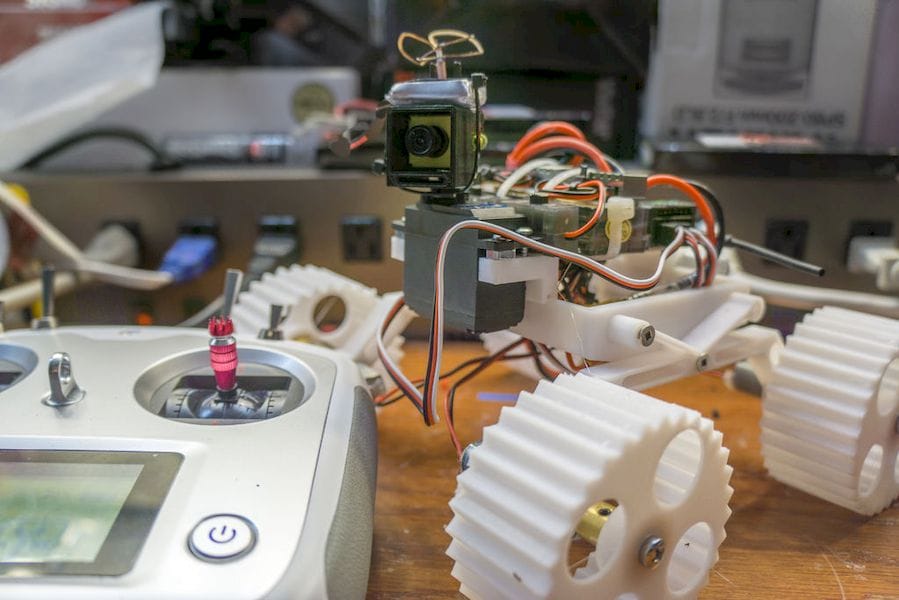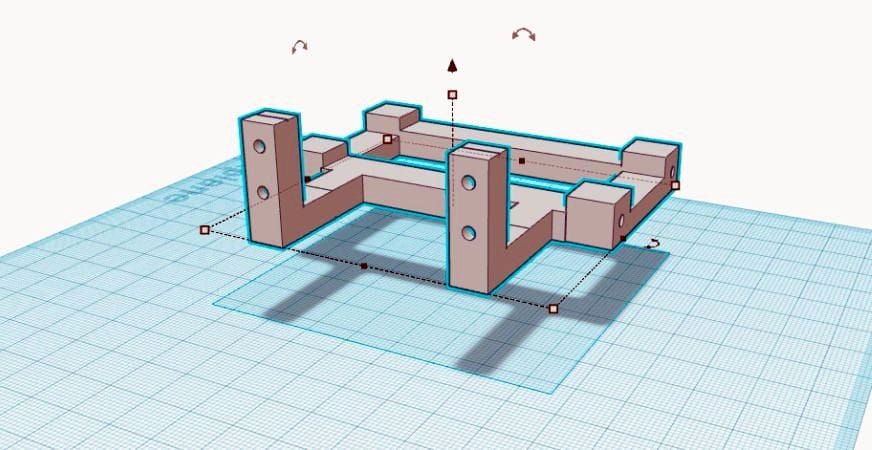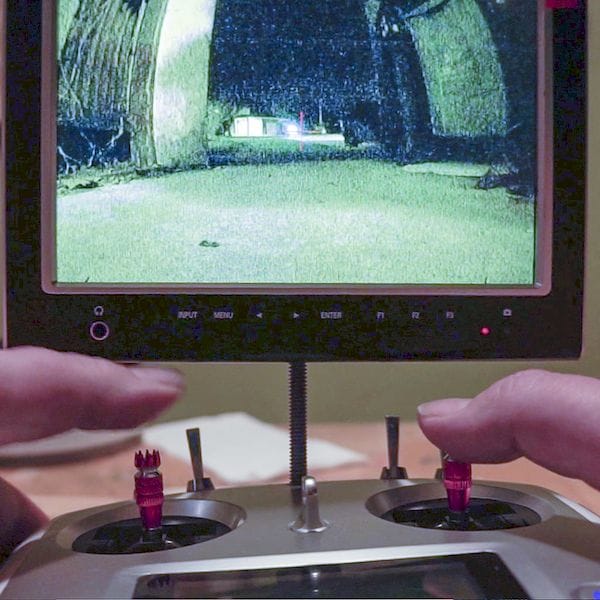
This week’s selection is the inspiring Planetary Rover project by Instructables contributor silver-surfer.
The anonymous silver-surfer provides general instructions for building a remote controlled rover using reclaimed RC car parts, but with many 3D printed components of original design. Surfer explains:
In general rovers are complex machines containing thousands of parts, and your engineer is having a conversation with the potato plants and that chat won’t be over anytime soon. We are going to make it simple with as little parts as possible.
That said, Surfer’s list of parts numbers a little over a dozen, plus the 3D printed parts required to hold them all together.
The project essentially is to hook up the RC parts with the 3D printed items, which will include a frame, wheels and gantry to hold the camera. (This is a rover, after all: it has to have a camera!)

Surfer designed these parts using Tinkercad, which he correctly explains is very easy to learn. He’s also provided a link to the Tinkercad files for you to use. If you choose to.
But then the fun starts. Surfer explains a segment of his design approach:
Since the motor housing was a squared of circle and the gear housing was a circular shape. I designed the motor carrier to friction fit over the motor since it could be restricted from rotation by the nature of its shape.
And
I made the motors shape and then converted it to a hole and saved it so that anytime I wanted to make a motor carrier I just have to use the motor shape hole and group it with any solid shape I desire. I designed the suspension/chassis arms to be “C’ shaped with a motor on each end and a fulcrum point in the middle so they could pivot. I added 2 separate leaf arms on each so you can firm the suspension or loosen it by adding fasteners to them.
I think you get the idea here: I’m not specifically recommending Surfer’s design. Instead, I encourage you to devise YOUR OWN design based on your imagination, skills and the type of terrain and conditions your rover will explore.

This is where a 3D printer will be very handy: you can repeatedly experiment with different designs, approaches or even project goals, all the time gradually moving towards a final objective.
Really, the title of this post should be “YOUR Planetary Rover”.
Via Instructables

